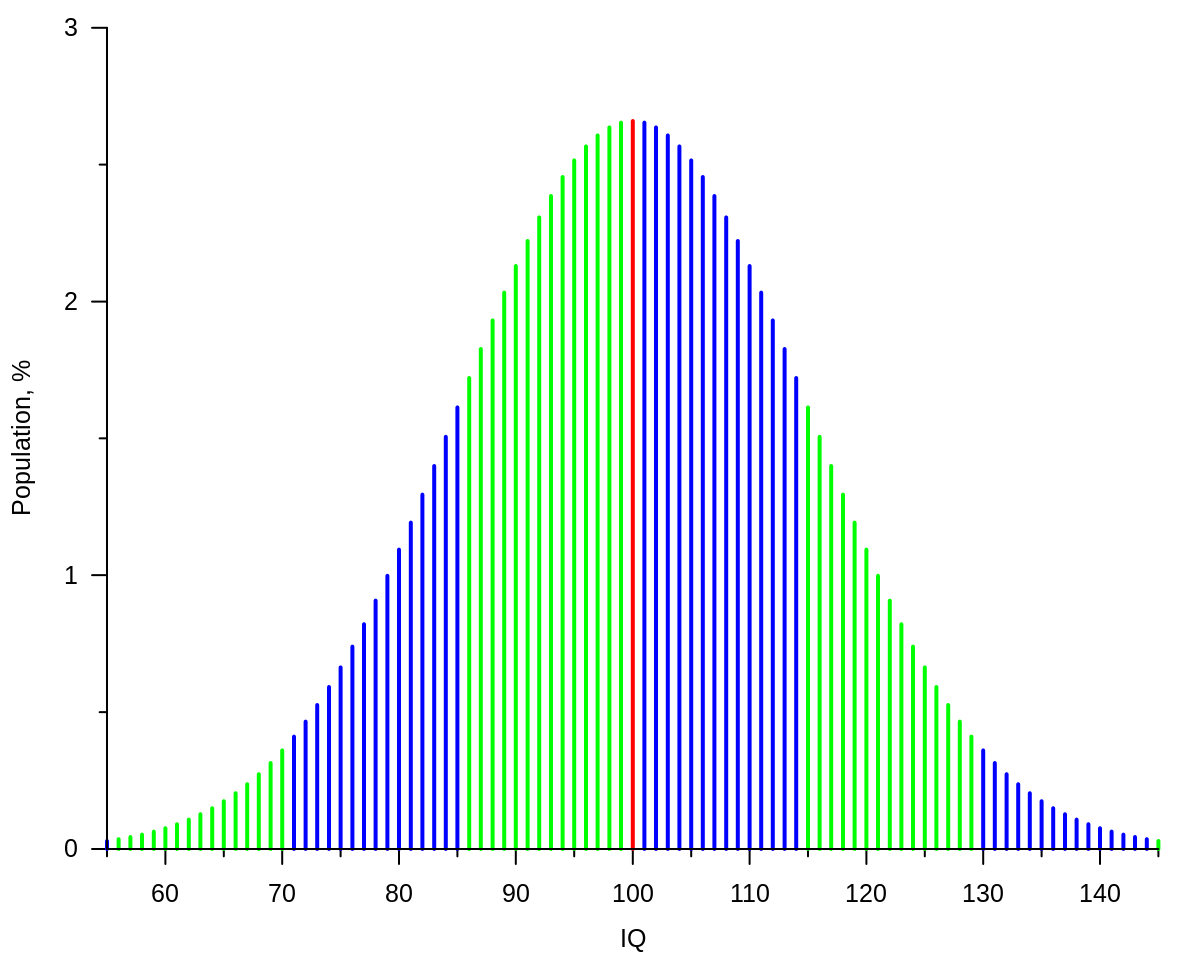What is an IQ Test?
Also known as the 'Intelligence Quotient' test, the IQ test comes in various forms. It was first used in France to diagnose students with learning difficulties and to provide them with what is now called special education. Today, it is used not only to identify those with mental disabilities but also to identify those who are mentally gifted.
An IQ score is calculated based on a norm group with an average score of 100 and a standard deviation of 15. The standard deviation of 15 means that 68% of individuals score between 85 and 115. This means the average score will always be 100. 95% of individuals score between 70 and 130.
The purpose of taking an IQ test is to measure intelligence, reasoning, and problem-solving abilities; to analyze a person's mathematical understanding, language skills, short-term memory, and information processing speed.
According to the bell curve, an IQ score of 100 is considered average, and generally, a score above 100 is associated with higher intelligence. Scores of 130 and above are considered in the extreme intelligence category, while those with an IQ above 140 are considered highly gifted.
Scores below 85 are thought to be associated with lower intelligence. A score below 70 is typically considered mentally disabled and may indicate an underlying learning difficulty.
Note: A high score does not necessarily mean that someone is particularly intelligent, but it does mean that the person has "potential."
In addition to the bell curve representation of IQ scores, there is a representative bar graph. The average IQ is always 100.
Bell Curve % Classification


